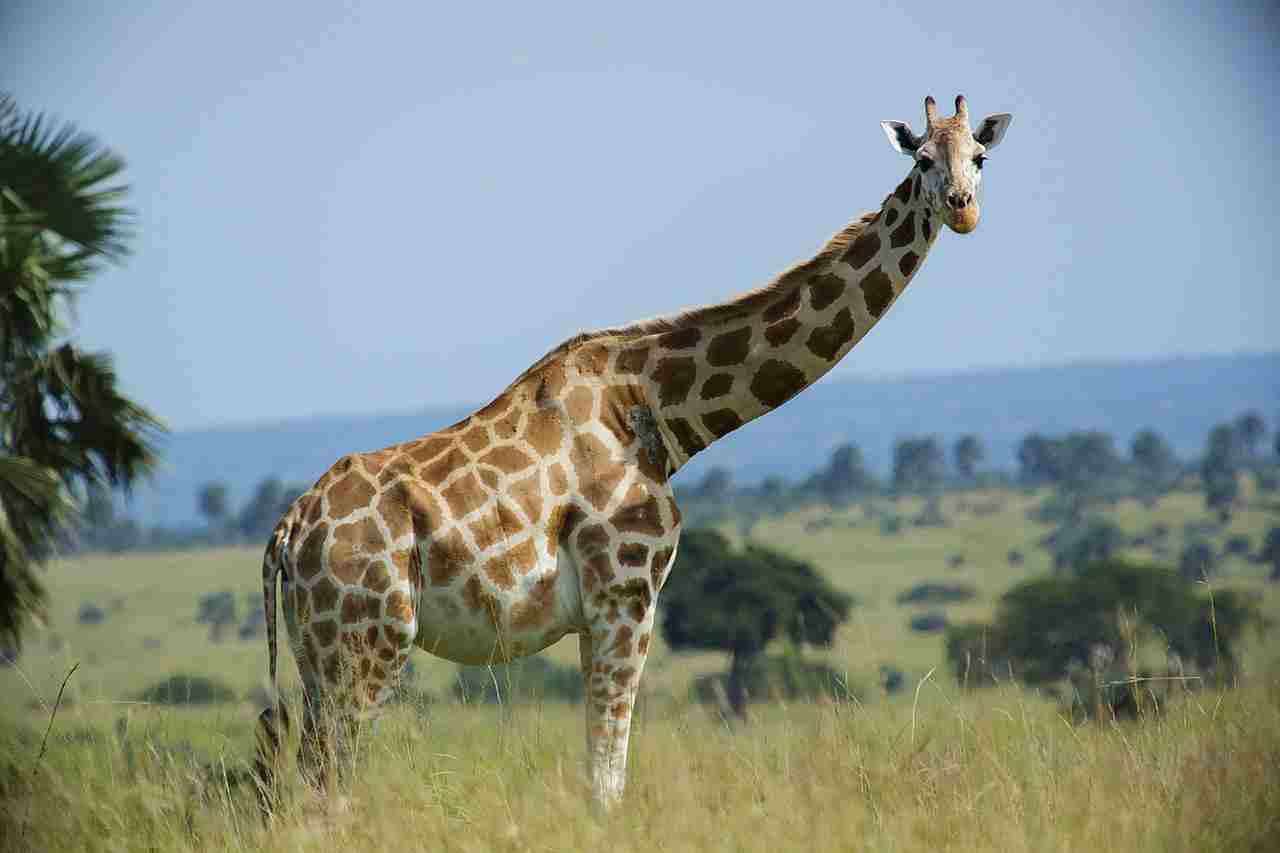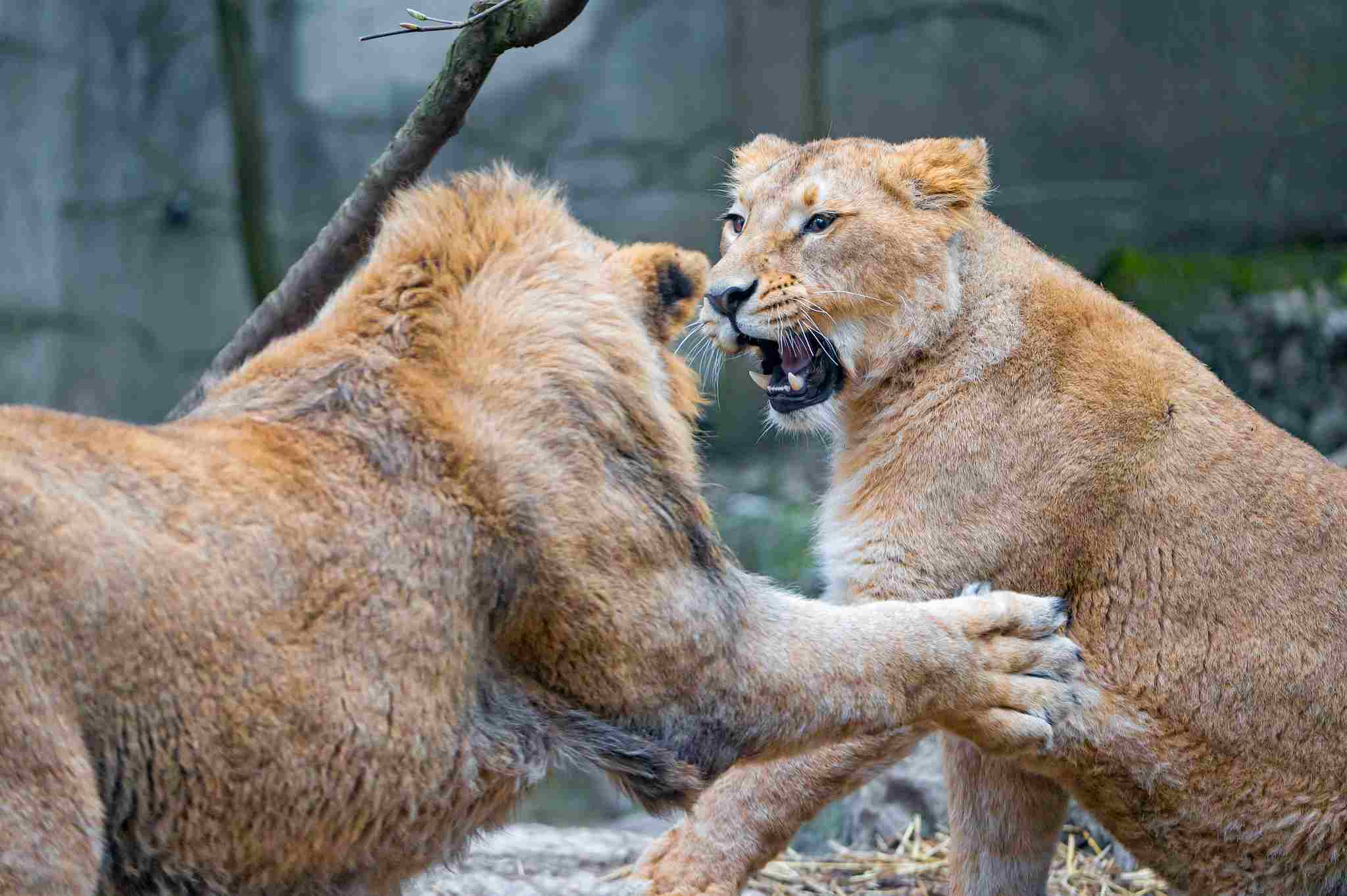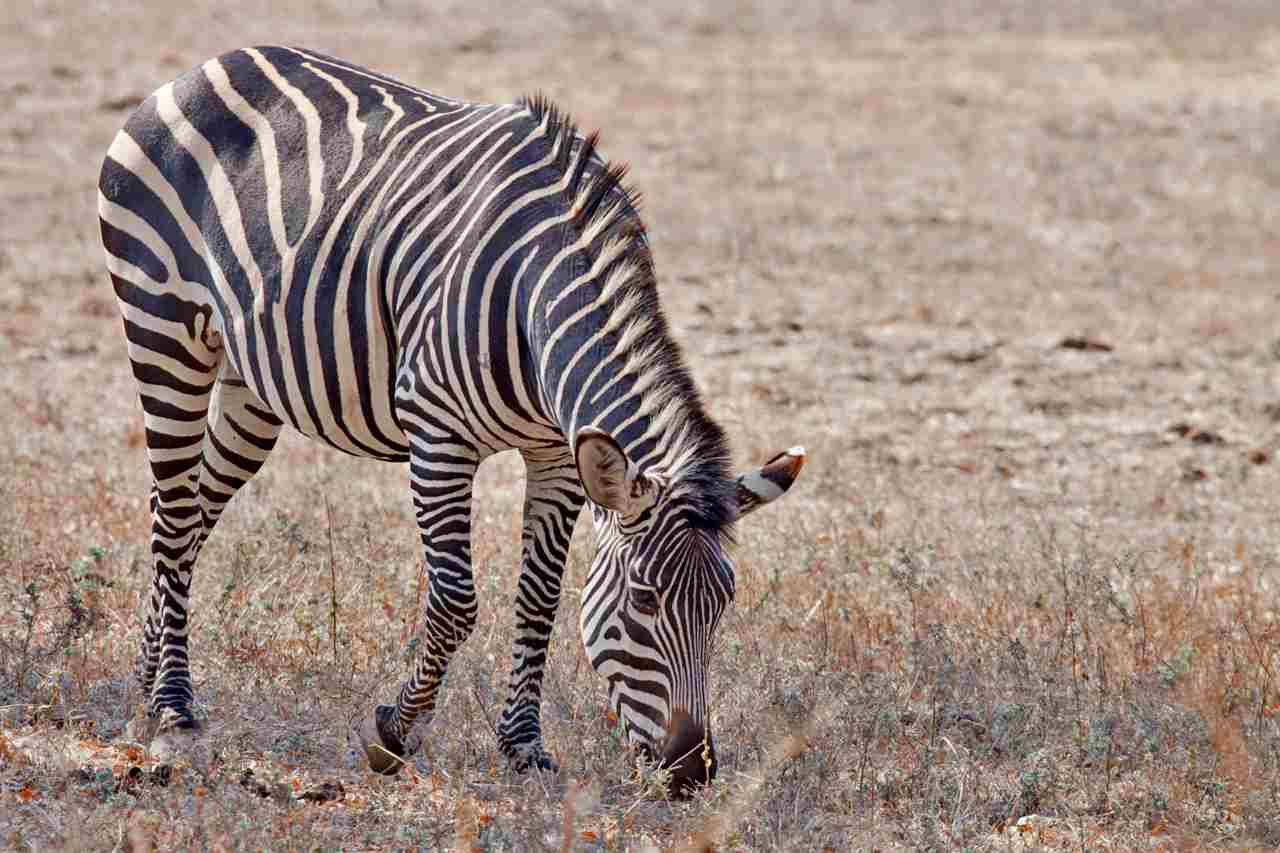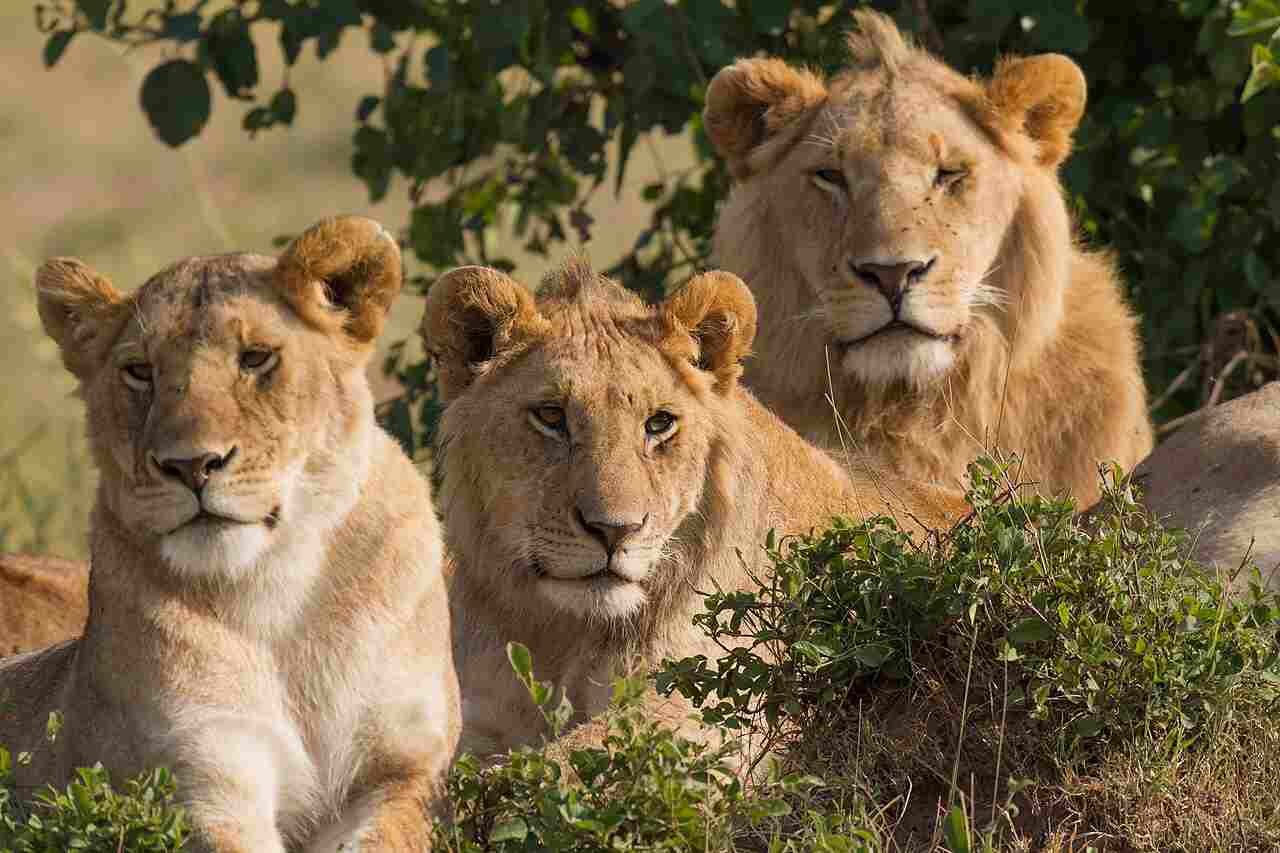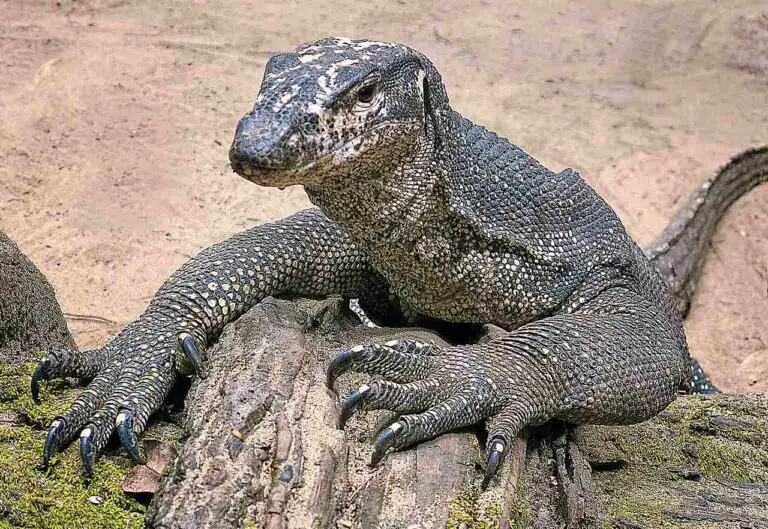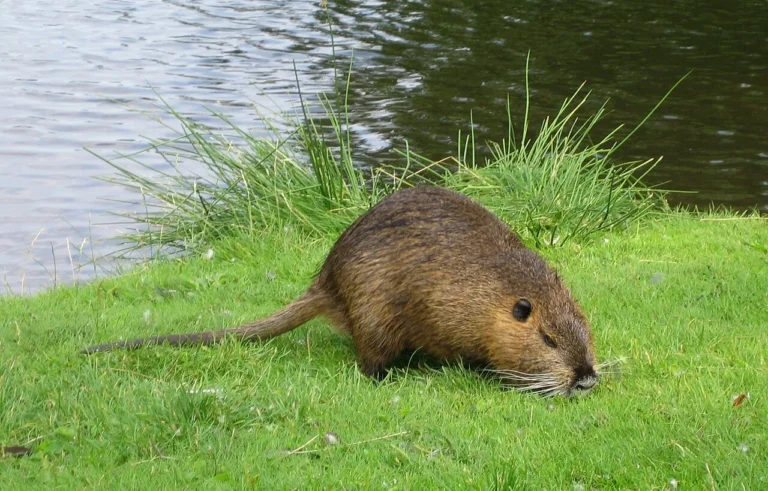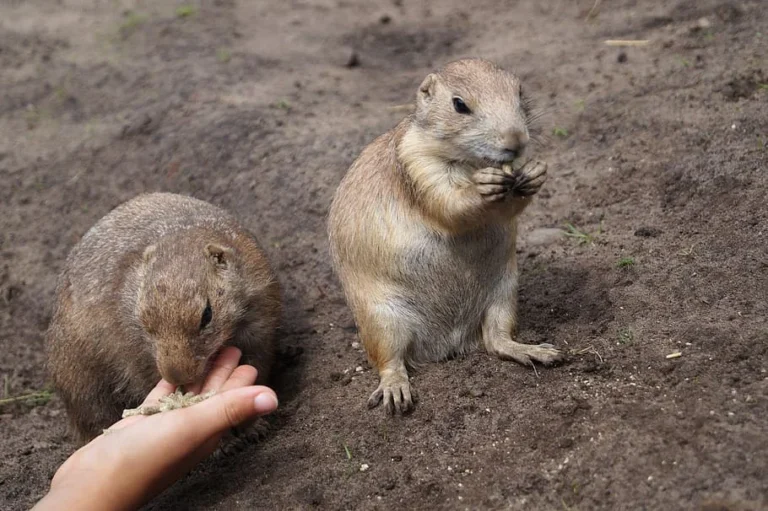19+ Savanna Biome Facts and Information
Savanna biome facts are: they cover approximately 20% of the Earth’s land area, characterized by grasslands with scattered trees, serving as a transitional biome between forests and grasslands, with a warm climate ranging from 68°F to 86°F (20°C to 30°C), experiencing seasonal precipitation and drought, with annual rainfall ranging from 10 to 30 inches (25 to 75 cm), including the Serengeti in Africa known for diverse wildlife and migrations, featuring common Baobab trees adapted to nutrient-poor soil, originating from the Taino word “zabana,” found on most continents, home to iconic wildlife such as lions, elephants, giraffes, and zebras, with ancestral ties to the African savanna by the Maasai people, the location where the first human remains were found, generally located near the equator, a habitat for various animals including grazers and predators, hosting the largest savanna in the world located in Africa, known for their flat grasslands and scattered trees, susceptible to threats such as habitat destruction and climate change, comprising nonliving components such as soil, rocks, and water sources, and serving as important ecosystems supporting a wide range of biodiversity.
| Fact | Details |
| 1. Savannas cover approximately 20% of the Earth’s land area |
Extensive coverage globally, influencing climate, wildlife distribution, and ecological dynamics.
|
| 2. Savanna biome characterized by grasslands with scattered trees |
Result of factors like rainfall patterns, soil conditions, and fire regimes; supports diverse habitats and species.
|
| 3. Transitional biome between forests and grasslands |
Occurs at ecotones; influenced by rainfall variability and fire frequency; facilitates species movement between ecosystems.
|
| 4. Warm climate, temperatures range from 68°F to 86°F (20°C to 30°C) |
Supports growth of grasses and trees; influences seasonal variations in vegetation growth and animal activity.
|
| 5. Seasonal precipitation and drought |
Characterized by distinct wet and dry seasons; influences vegetation dynamics, fire regimes, and animal migrations.
|
| 6. Annual rainfall ranges from 10 to 30 inches (25 to 75 cm) |
Variability in rainfall influences ecosystem diversity and species adaptability; impacts plant productivity and water availability.
|
| 7. Serengeti in Africa famous for diverse wildlife and migrations |
Exemplifies biodiversity and ecological importance of savannas; annual migration of herbivores is a notable natural event.
|
| 8. Baobab trees common in African savannas |
Adapted to nutrient-poor soil and arid conditions; play important ecological roles and face threats from habitat loss and climate change.
|
| 9. “Savanna” originates from the Taino word “zabana” |
Reflects historical interactions between cultures and environment; highlights global distribution and shared characteristics of grassland ecosystems.
|
1. Savannas cover approximately 20% of the Earth’s land area:
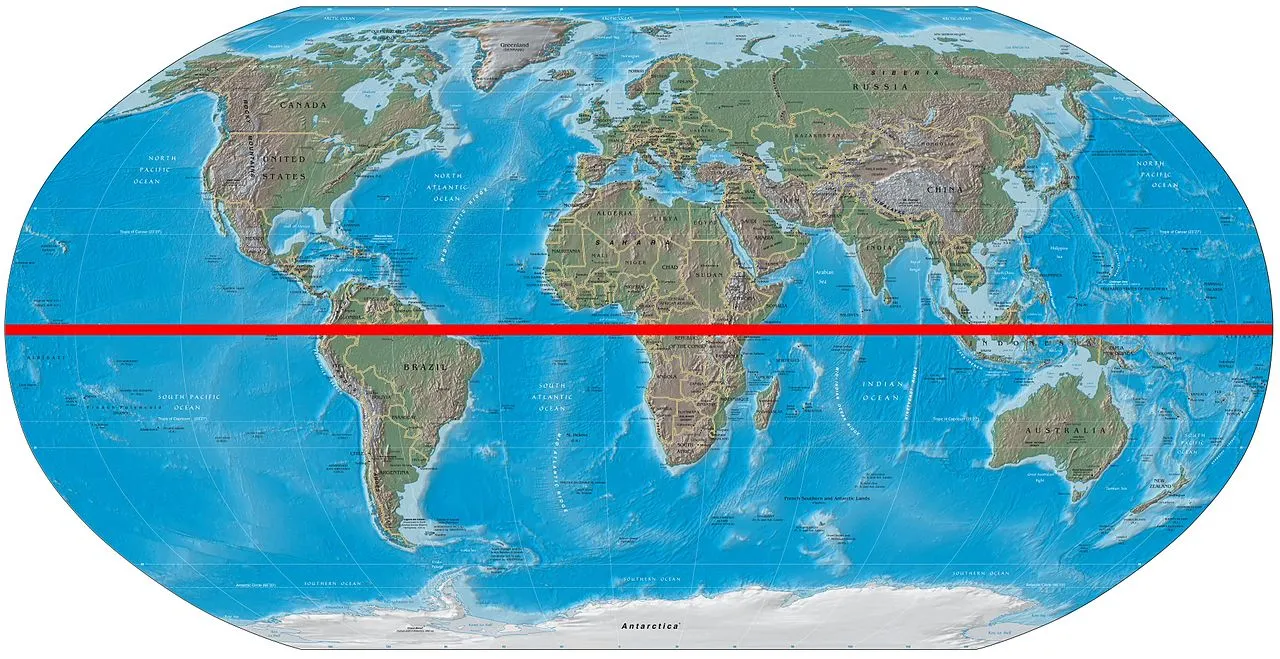
This extensive coverage makes savannas one of the most widespread biomes globally.
Their vast expanse influences climate patterns, wildlife distribution, and ecological dynamics on a significant scale.
The large land area occupied by savannas underscores their importance in global biodiversity and ecosystem functioning.
Human activities impacting savannas, such as deforestation and agriculture, can have wide-reaching consequences due to their substantial coverage.
2. The Savanna Biome is Characterized by Grasslands with Scattered Trees:
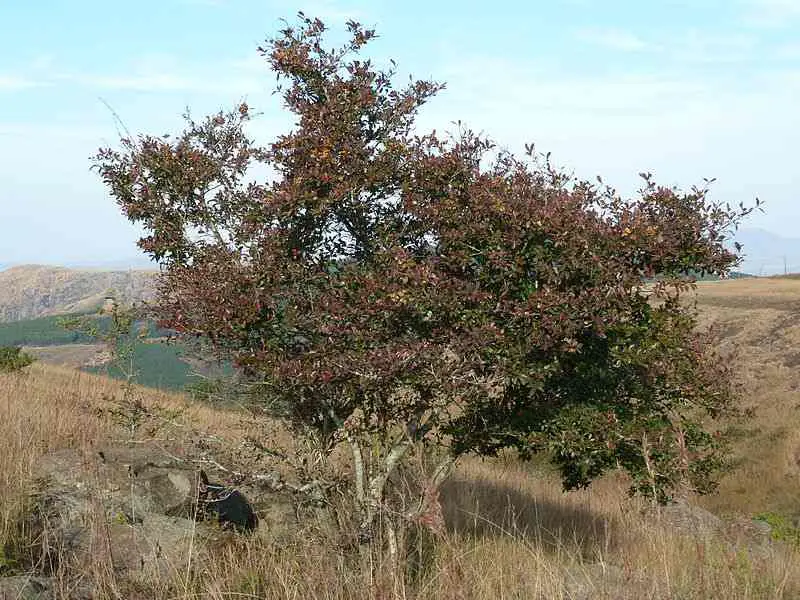
This distinctive landscape composition results from a combination of factors such as rainfall patterns, soil conditions, and fire regimes.
The presence of scattered trees provides habitat and resources for various species, contributing to the biome’s biodiversity.
Grasses dominate the savanna, adapted to survive in seasonal drought conditions and periodic fires.
The mix of grasses and trees creates a mosaic of habitats, supporting a wide range of plant and animal life.
3. It is a Transitional Biome Between Forests and Grasslands:
Savannas often occur at ecotones, where forest and grassland ecosystems meet.
Factors such as rainfall variability and fire frequency influence the transition between these ecosystems.
The transitional nature of savannas results in unique ecological dynamics and species compositions compared to adjacent biomes.
Savannas play a crucial role in ecosystem connectivity, facilitating the movement of species between forested and grassland habitats.
4. The Climate in the Savanna is Warm, With Temperatures Ranging from 68°F to 86°F (20°C to 30°C):
The warm climate of savannas supports the growth of grasses and trees adapted to thrive in these conditions.
Temperature fluctuations within this range contribute to seasonal variations in vegetation growth and animal activity.
Warm temperatures year-round create a favorable environment for a diverse range of species, including both tropical and subtropical adaptations.
The climate suitability for agriculture in some savanna regions has led to human settlement and land-use changes, impacting the natural ecosystem.
5. Savannas Experience Seasonal Precipitation and Drought:
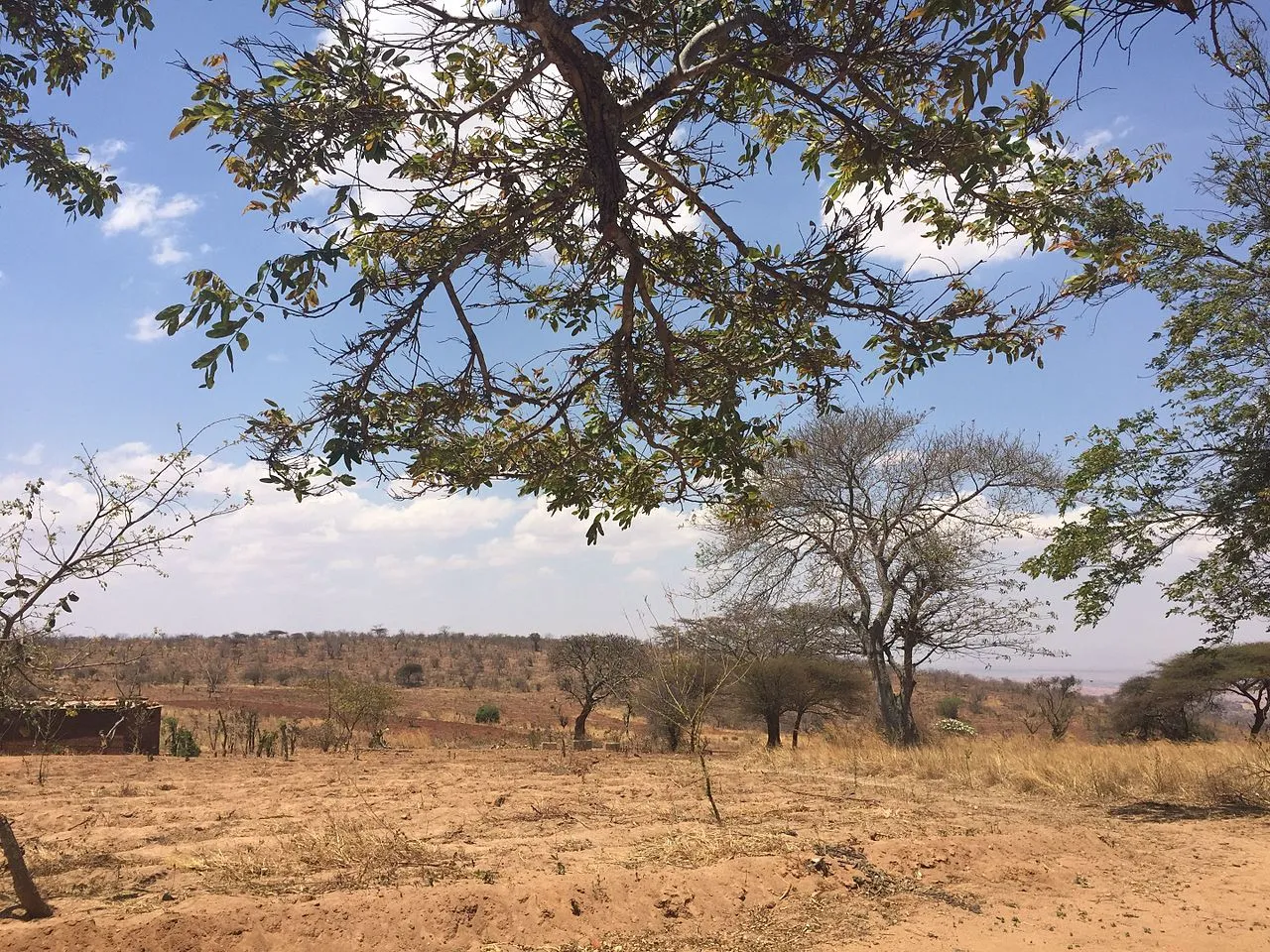
Seasonal rainfall patterns characterize savannas, with distinct wet and dry seasons.
Precipitation variability influences vegetation dynamics, fire regimes, and animal migrations.
Droughts are common in savannas, particularly during the dry season, posing challenges for plant and animal survival.
Adaptations to seasonal precipitation and drought include deep-rooted vegetation, water storage mechanisms, and migration strategies employed by wildlife.
6. Annual Rainfall in the Savanna Ranges from 10 to 30 Inches (25 to 75 cm):
The variability in rainfall contributes to the diversity of savanna ecosystems, with wetter regions supporting denser tree cover and taller grasses.
Precipitation patterns influence plant productivity, soil moisture levels, and water availability for wildlife.
Savannas with higher rainfall tend to exhibit more pronounced seasonal fluctuations in vegetation growth and animal activity.
The range of annual rainfall underscores the adaptability of savanna species to thrive under different moisture conditions.
7. The Serengeti in Africa is One of the Most Famous Savannas, known for its Diverse Wildlife and Large Animal Migrations
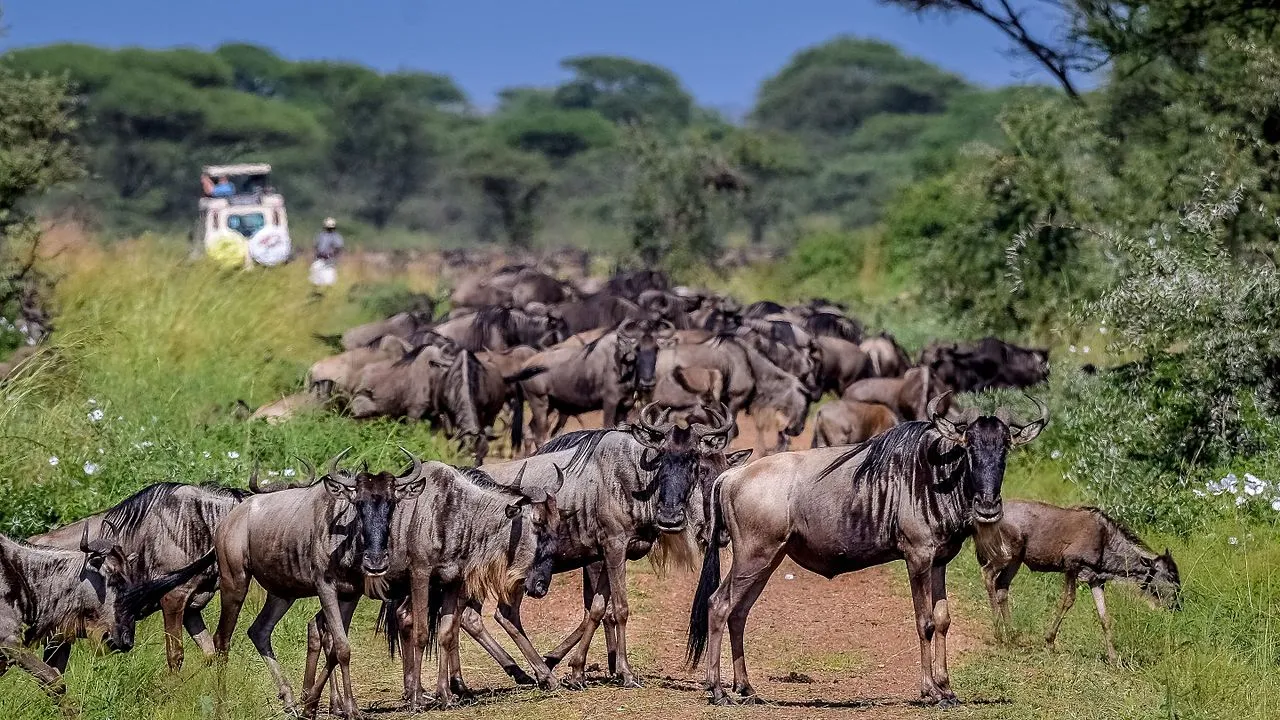
The Serengeti exemplifies the rich biodiversity and ecological importance of savanna ecosystems.
Iconic species such as wildebeest, zebras, and lions are emblematic of the Serengeti’s wildlife diversity.
The annual migration of millions of herbivores across the Serengeti plains is one of the most spectacular natural events, attracting tourists and researchers alike.
Conservation efforts in the Serengeti aim to preserve its unique ecosystems and support sustainable wildlife management practices.
8. Baobab Trees are Common in African Savannas, Adapted to the Nutrient-poor Soil:
Baobabs are iconic trees of the African savanna, characterized by their distinctive swollen trunks and sparse branches.
Adaptations such as water storage in their trunks and drought-resistant leaves enable baobab trees to thrive in arid savanna environments.
Baobabs play important ecological roles, providing food, shelter, and nesting sites for various animals.
Human activities, including habitat loss and climate change, pose threats to baobab populations and the ecosystems they inhabit.
9. The word “savanna” comes from the Taino word “zabana”:
The etymology of the term “savanna” reflects the historical interactions between indigenous cultures and the natural environment.
The Taino people, native to the Caribbean region, used the word “zabana” to describe open grasslands and plains.
The adoption of the term “savanna” into the English language highlights the global distribution of similar grassland ecosystems and their shared characteristics across continents.
Understanding the cultural origins of terminology enriches our appreciation of savanna ecosystems and their significance to human societies throughout history.
10. Savannas can be found on most continents, not just in Africa:
While African savannas are perhaps the most well-known, similar ecosystems exist on other continents, including South America, Australia, and Asia.
Geographic variations in climate, soil, and vegetation contribute to the diversity of savanna ecosystems worldwide.
Examples of non-African savannas include the Cerrado in Brazil, the Australian tropical savannas, and the Deccan Plateau in India.
Understanding the global distribution of savannas enhances our appreciation of their ecological significance and conservation challenges on a planetary scale.
11. Savannas are home to iconic wildlife such as lions, elephants, giraffes, and zebras:
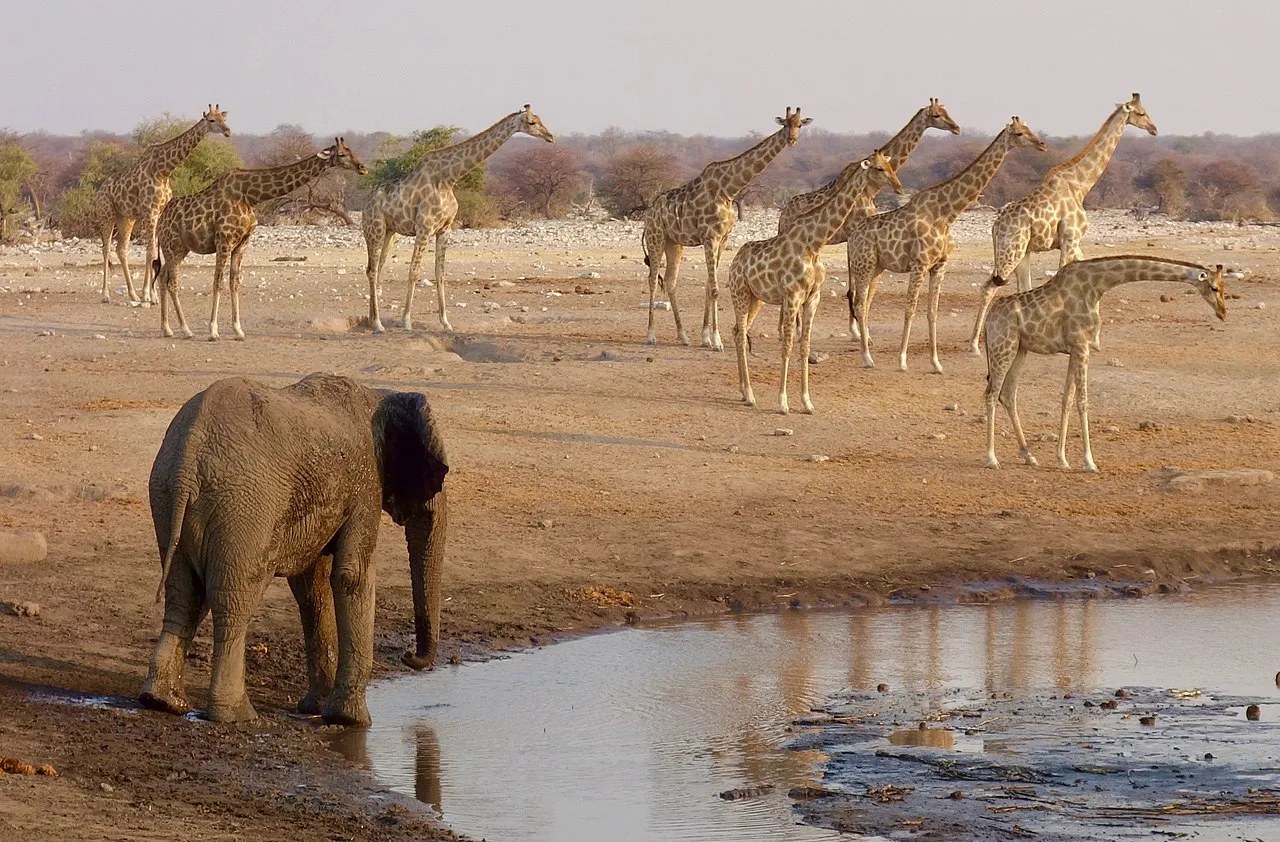
The diverse range of large mammals inhabiting savannas contributes to their ecological richness and cultural significance.
Predators such as lions and cheetahs play essential roles in regulating herbivore populations and maintaining ecosystem balance.
Herbivores like elephants and giraffes are keystone species, shaping vegetation structure and nutrient cycling through browsing and grazing.
The presence of iconic wildlife species makes savannas popular destinations for ecotourism and wildlife conservation initiatives.
12. The Maasai people have ancestral ties to the African savanna:
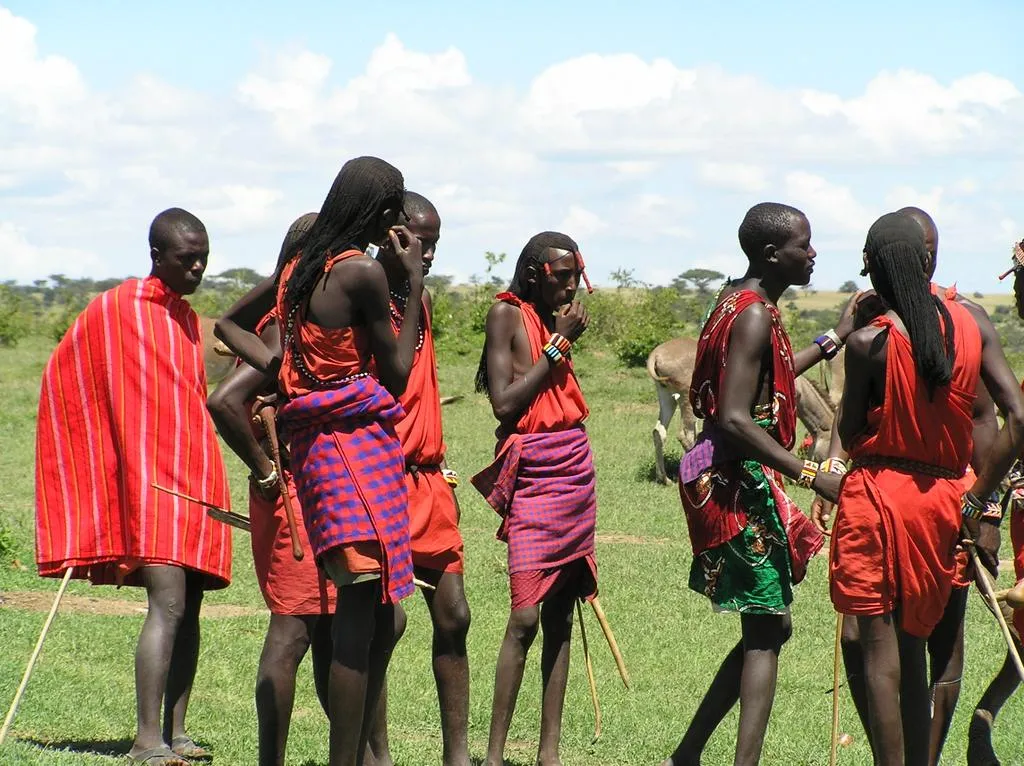
The Maasai, a pastoralist ethnic group in East Africa, have inhabited savanna regions for centuries, maintaining a symbiotic relationship with the land and its wildlife.
Traditional Maasai culture and livelihoods are deeply intertwined with the savanna ecosystem, relying on livestock herding and seasonal migrations.
Maasai cultural practices, such as land stewardship and communal resource management, have contributed to the resilience of savanna ecosystems.
The Maasai’s intimate knowledge of the savanna landscape and its inhabitants underscores the importance of indigenous wisdom in conservation efforts.
13. The first human remains were found in the savanna:
Archaeological discoveries of early human fossils, such as those in the East African Rift Valley, provide insights into human evolution and migration patterns.
The savanna environment likely played a significant role in shaping early hominin adaptations, including bipedalism and tool use.
Studying human origins in savanna landscapes offers valuable context for understanding the ecological pressures and behavioral innovations that shaped our evolutionary history.
The discovery of human remains in savanna regions highlights the interconnectedness of humans and natural ecosystems throughout our evolutionary past.
14. Savannas are generally located near the equator:
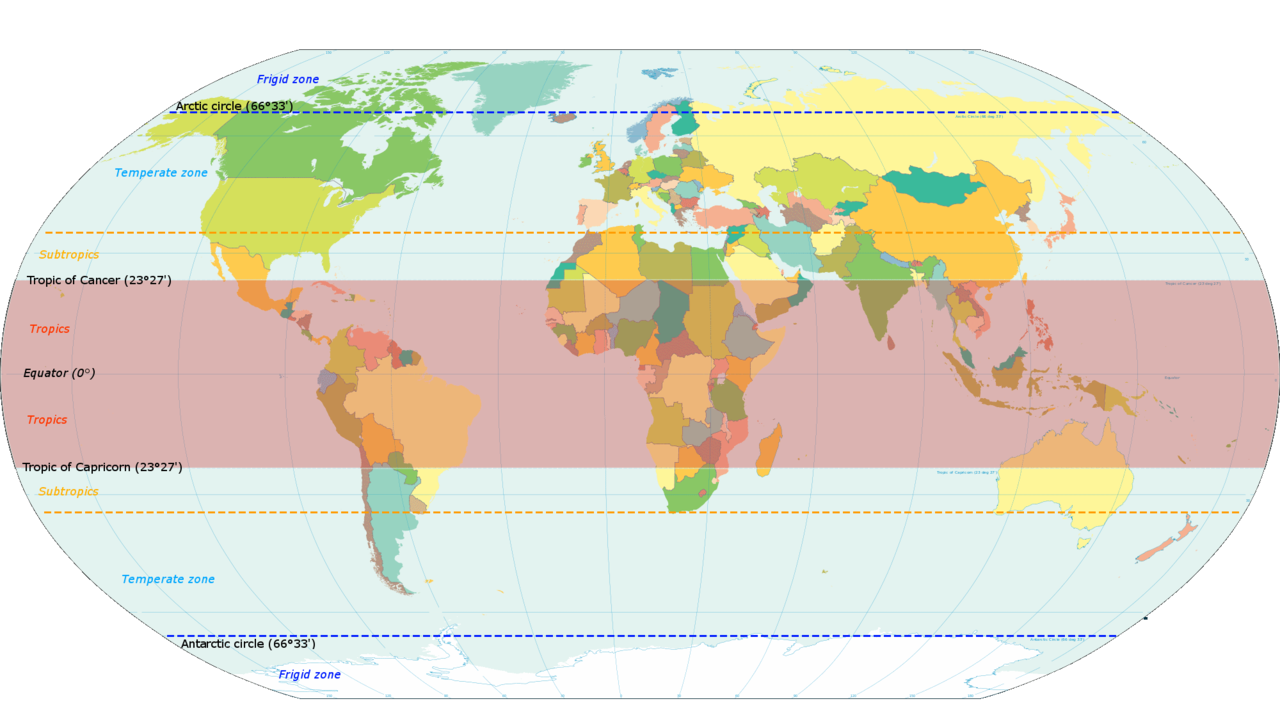
The proximity to the equator influences the climatic conditions experienced by savannas, including temperature, rainfall patterns, and seasonality.
Equatorial regions typically have more stable temperatures year-round, contributing to the suitability of savanna habitats for a wide range of species.
The positioning of savannas near the equator also affects their vulnerability to climate change and variability in global weather patterns.
Understanding the relationship between savannas and the equatorial zone enhances our comprehension of their ecological dynamics and conservation needs.
15. They are a habitat for various animals, including grazers and predators:
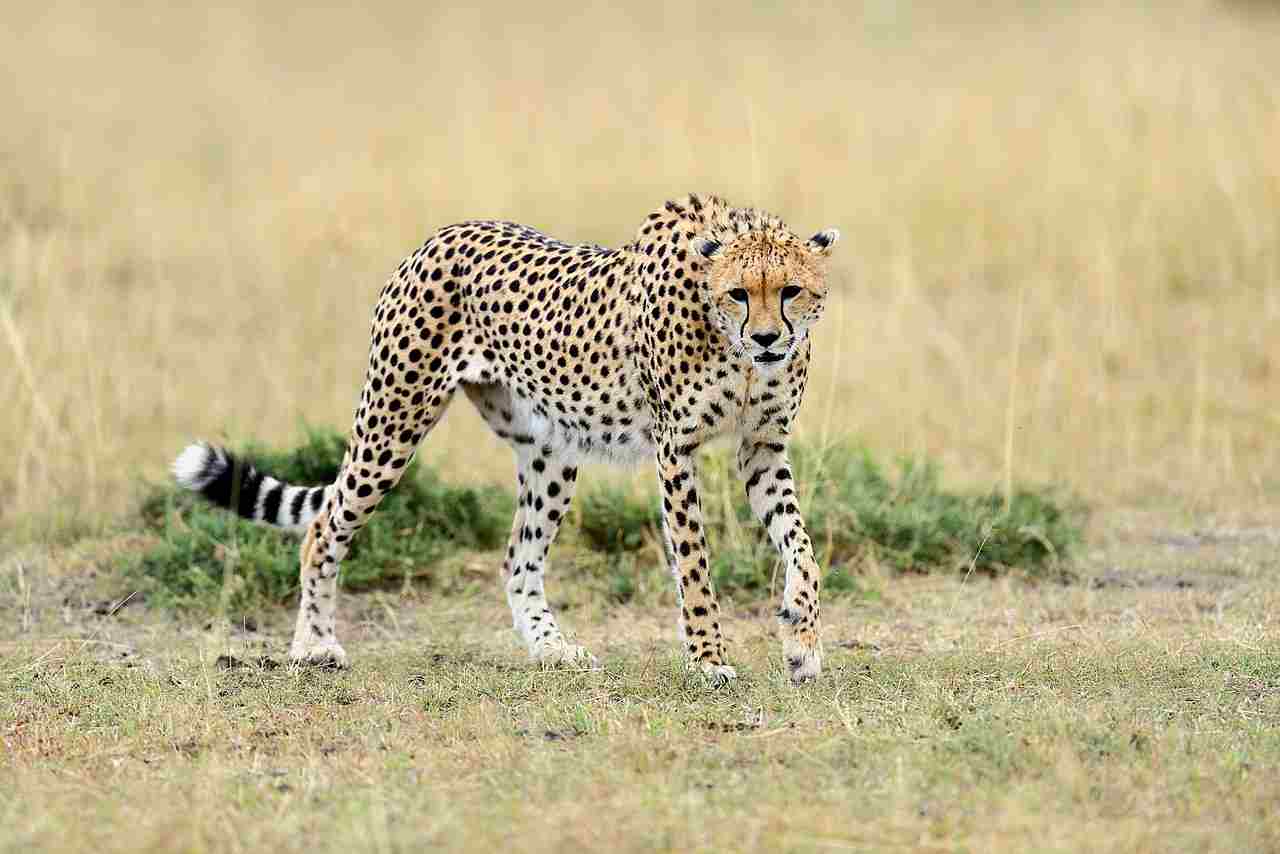
Savannas support diverse communities of herbivores, carnivores, omnivores, and scavengers adapted to the grassland and woodland environments.
Grazing herbivores such as antelopes, zebras, and buffalo play crucial roles in shaping vegetation structure and nutrient cycling through their feeding behaviors.
Predators such as lions, leopards, and hyenas regulate herbivore populations, contributing to ecosystem balance and stability.
The coexistence of multiple trophic levels within savanna ecosystems reflects complex ecological interactions and dependencies among species.
16. The largest savanna in the world is located in Africa:
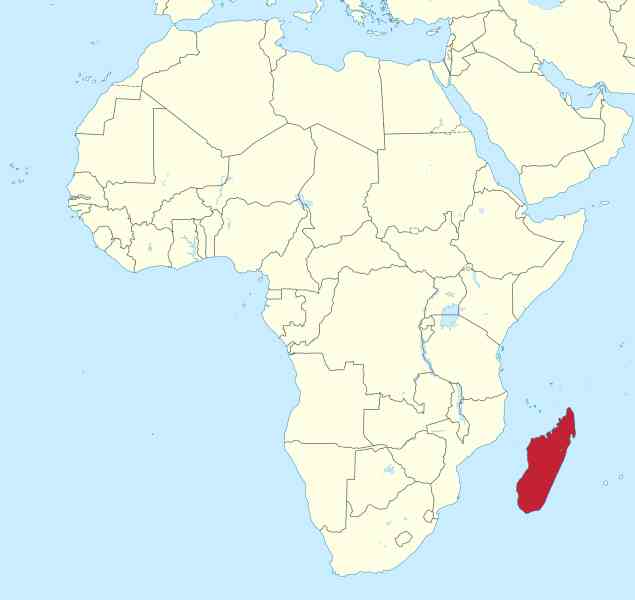
The African savanna, spanning regions such as the Serengeti, Masai Mara, and Kruger National Park, is renowned for its vast expanses and biodiversity.
Covering significant portions of sub-Saharan Africa, the African savanna supports iconic wildlife species and diverse habitats, including grasslands, woodlands, and wetlands.
Large-scale conservation efforts are underway to protect the African savanna and its unique ecosystems from threats such as habitat loss, poaching, and climate change.
The conservation of the African savanna is essential not only for preserving biodiversity but also for supporting local livelihoods and ecosystem services.
17. Savannas are known for their flat grasslands and scattered trees:
The characteristic landscape of savannas, featuring expansive grassy plains punctuated by isolated trees and shrubs, is a defining feature of the biome.
Grasslands dominate the savanna vegetation, adapted to thrive in fire-prone environments and nutrient-poor soils.
The presence of scattered trees, such as acacias and baobabs, provides shade, food, and shelter for wildlife while contributing to landscape heterogeneity.
The flat terrain of savannas facilitates the movement of large herbivores and predators, shaping animal behavior and migration patterns.
18. They are susceptible to threats such as habitat destruction and climate change:
Human activities, including agriculture, urbanization, and deforestation, pose significant threats to savanna ecosystems worldwide.
Habitat destruction disrupts natural processes, reduces biodiversity, and diminishes the resilience of savanna habitats to environmental changes.
Climate change exacerbates existing pressures on savannas, leading to alterations in rainfall patterns, increased frequency of extreme weather events, and shifts in vegetation distribution.
Conservation efforts focused on mitigating habitat destruction, promoting sustainable land management practices, and addressing climate change impacts are essential for safeguarding savanna ecosystems.
19. Nonliving components of the savanna ecosystem include soil, rocks, and water sources:
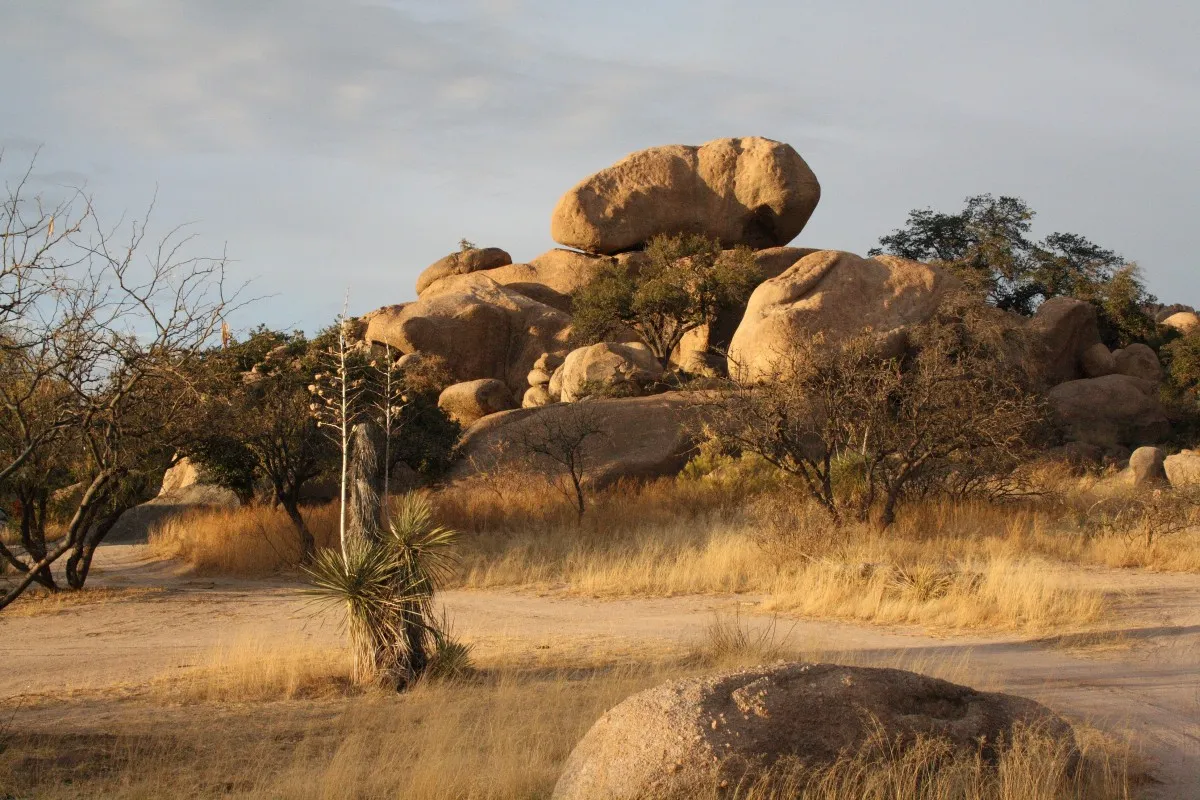
Soil composition, texture, and nutrient content influence plant growth, water retention, and ecosystem productivity in savannas.
Rocks and geological formations shape the physical landscape of savanna ecosystems, contributing to soil formation and habitat diversity.
Water sources such as rivers, lakes, and seasonal wetlands support diverse aquatic and riparian ecosystems within savanna landscapes.
Understanding the interactions between biotic and abiotic components of savanna ecosystems is crucial for effective conservation and management strategies.
20. Savannas are important ecosystems that support a wide range of biodiversity:
Savannas harbor a rich diversity of plant and animal species, including endemic and migratory populations adapted to the unique environmental conditions.
Biodiversity in savannas contributes to ecosystem resilience, productivity, and ecosystem services such as pollination, pest control, and carbon sequestration.
The conservation of savanna biodiversity is vital for maintaining ecosystem functioning, supporting livelihoods, and preserving cultural heritage.
Sustainable management practices, protected area designation, and community-based conservation initiatives are essential for safeguarding the biodiversity of savanna ecosystems for future generations.

